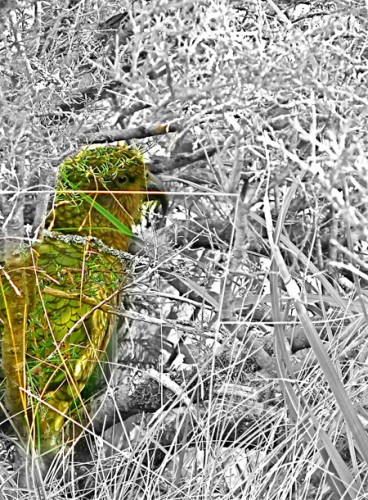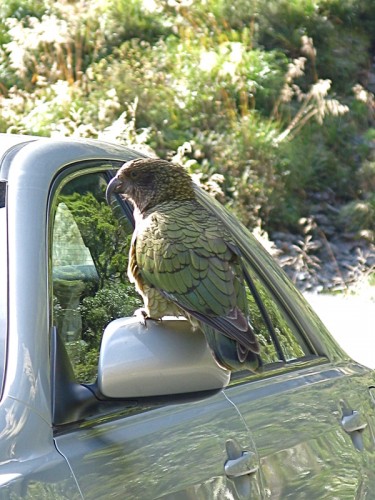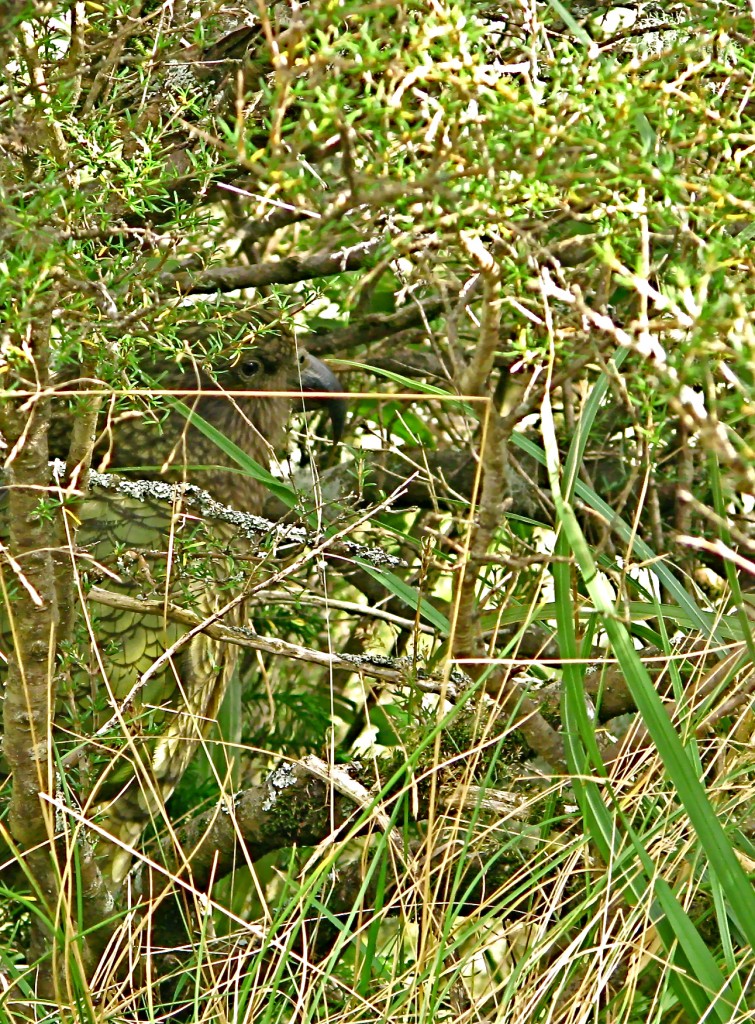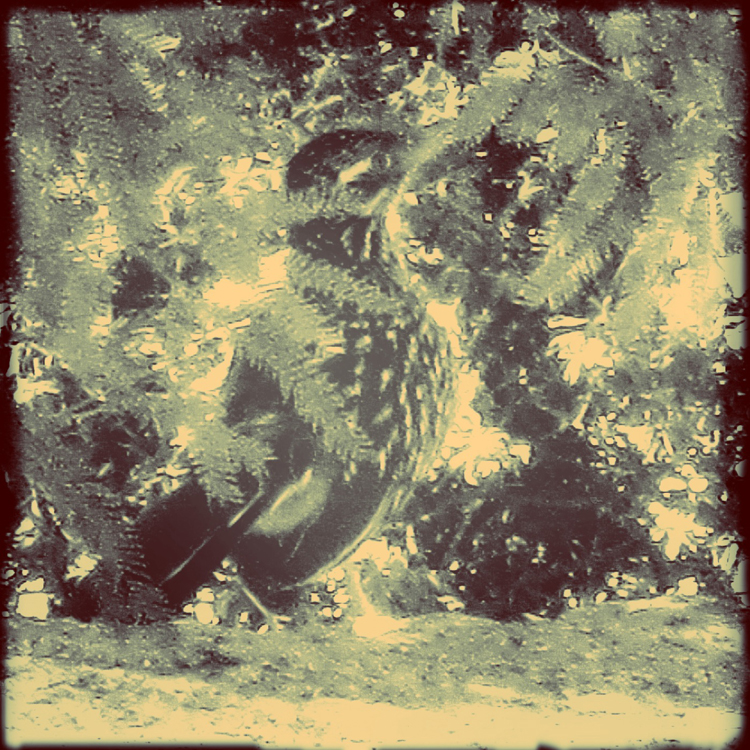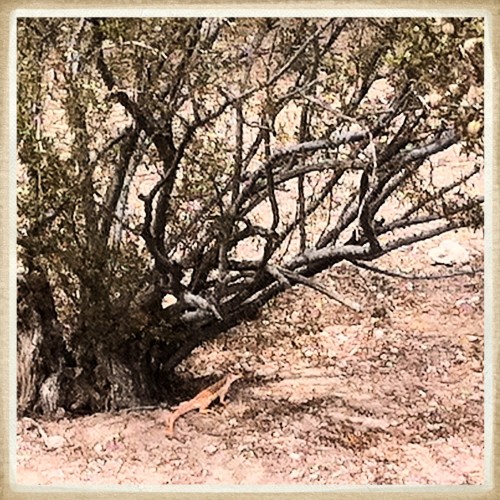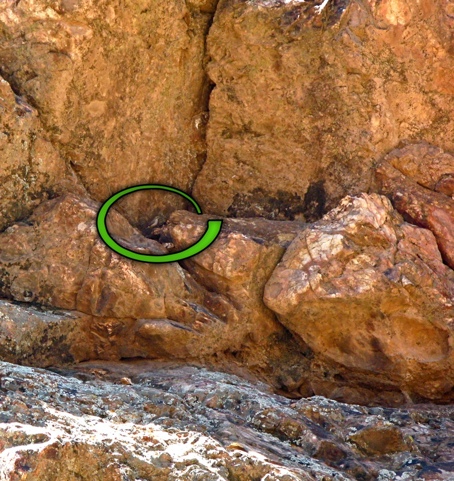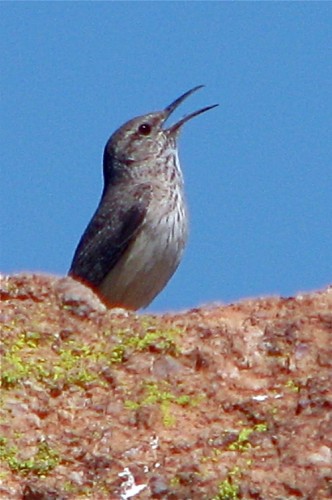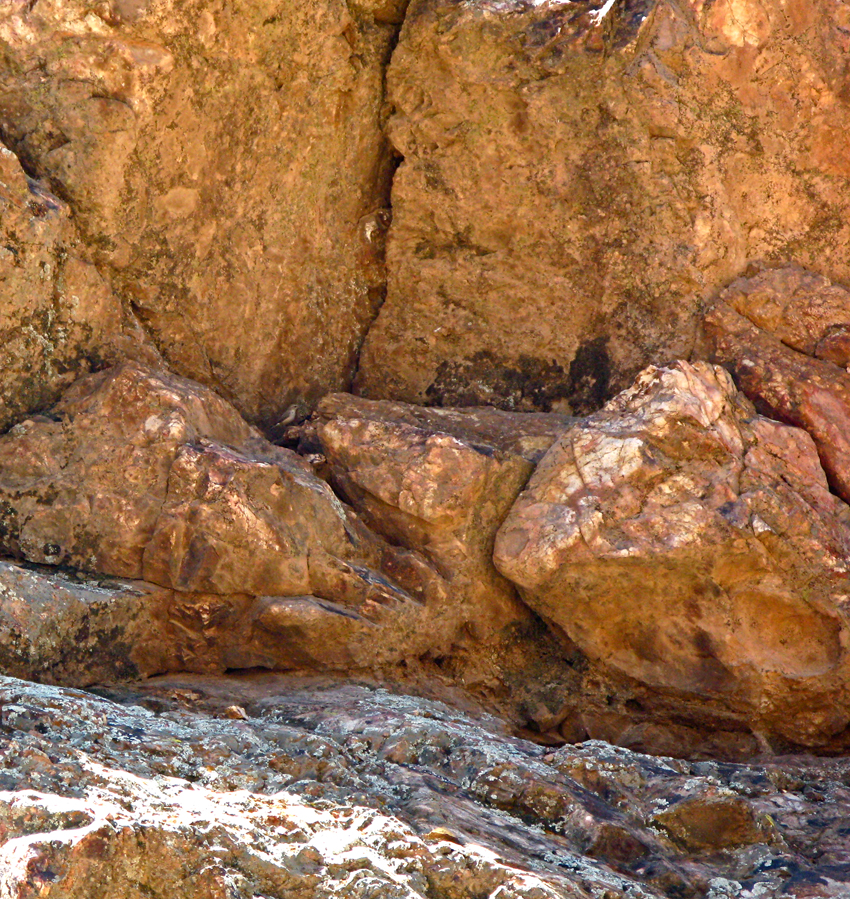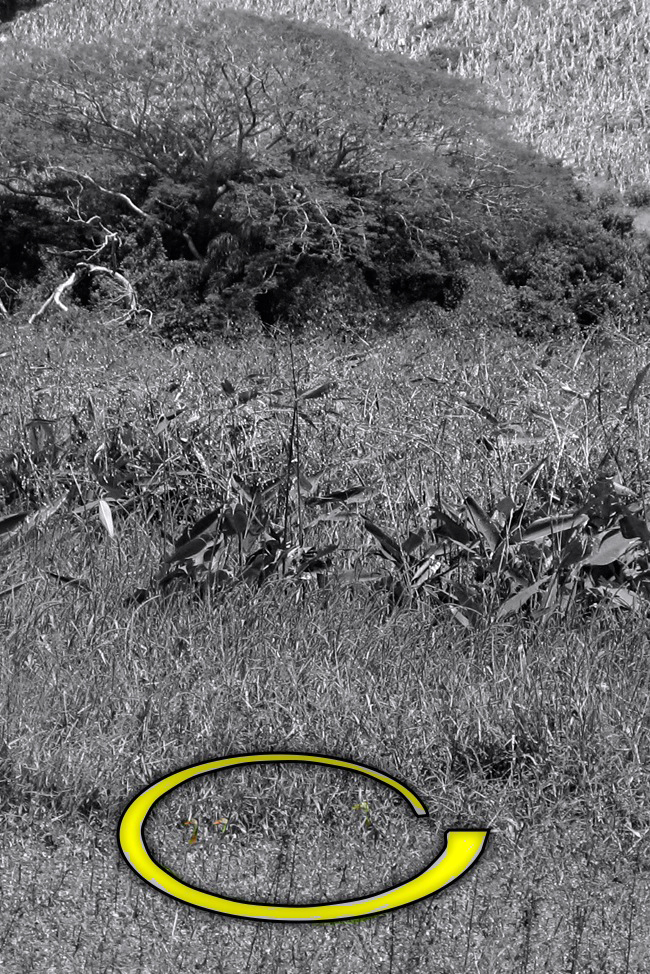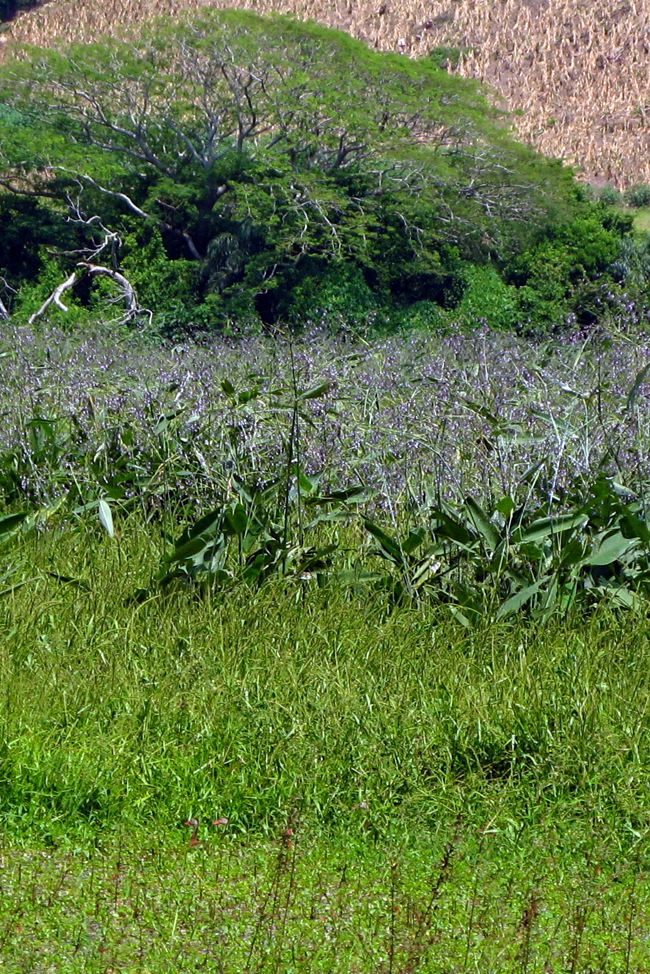Finding birds in Paris (or Spot the Bird Île de France edition) Part 1
Let’s deal with this straight away: if you’re a birder tuning in to learn where to find birds in Paris, then, despite its clear title “Finding Birds in Paris”, I’m afraid this two-part post will disappoint. It is not intended  to offer technical advice about how many species of mésange you might see in the Bois de Boulogne (I’ve read that it’s seven, by the way, but personally I haven’t seen more than three), or where to find Tawny owls (I’ve heard le Cimitière du Père-Lachaise, but again, personally, I’ve only heard the soulful cries of Jim Morrison mourners there).
to offer technical advice about how many species of mésange you might see in the Bois de Boulogne (I’ve read that it’s seven, by the way, but personally I haven’t seen more than three), or where to find Tawny owls (I’ve heard le Cimitière du Père-Lachaise, but again, personally, I’ve only heard the soulful cries of Jim Morrison mourners there).
<< Nature is everywhere in the city: signs in the neighborhood parks explain this.
So, this isn’t an advice column. This is because I’m no expert on the subject — I find Paris both easy and difficult to actually bird on one’s own, and the only advice I have is not news: keep your eyes and ears open, seek appropriate species in appropriate habitat (finding the habitat is usually the trick), and don’t expect to find anyone else with binoculars around their neck nearby to answer questions about where to find bullfinches. Also, bring an umbrella.
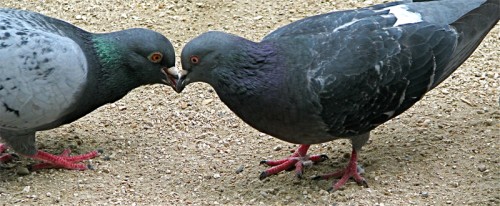 Furthermore, there are no hard-to-detect feathery forms hidden in the photos: this post is only a Spot the Bird in the sense that I declare that Birds are easy to Spot in Paris, especially in May. Some birds are so common they are virtually unavoidable: you’ll soon tune out the constant, frantic twittering of swifts overhead, the clap of feral pigeon wings (above), and the chirping of crumb-seeking sparrows. Gulls abound on the Seine and soar calling above parks like le Jardin des Plantes which sit
Furthermore, there are no hard-to-detect feathery forms hidden in the photos: this post is only a Spot the Bird in the sense that I declare that Birds are easy to Spot in Paris, especially in May. Some birds are so common they are virtually unavoidable: you’ll soon tune out the constant, frantic twittering of swifts overhead, the clap of feral pigeon wings (above), and the chirping of crumb-seeking sparrows. Gulls abound on the Seine and soar calling above parks like le Jardin des Plantes which sit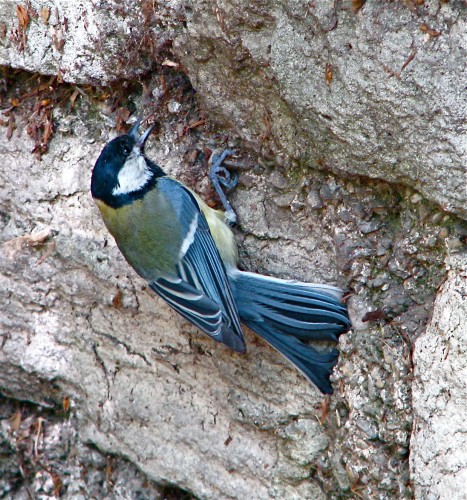 on its banks. Plane trees in the same parks host hungry families of great, blue, and long-tailed tits, as well as singing chaffinch. Leafy poplar tops may sport a magpie, une pie bavarde, or two.
on its banks. Plane trees in the same parks host hungry families of great, blue, and long-tailed tits, as well as singing chaffinch. Leafy poplar tops may sport a magpie, une pie bavarde, or two.
>> Great tit, mésange charbonnière, (Parus major) foraging for nesting material on a stone wall in le Jardin des Plantes. Yes, it’s primarily blue and yellow, a treat for us norte americanos who are used to our chickadees’ mute gray and buff body plumage, with only their jaunty black-and-white headgear to mark their alliance with more colorful old world family members .
Surrounded by pedestrians and traffic, mallard couples paddle in monumental water 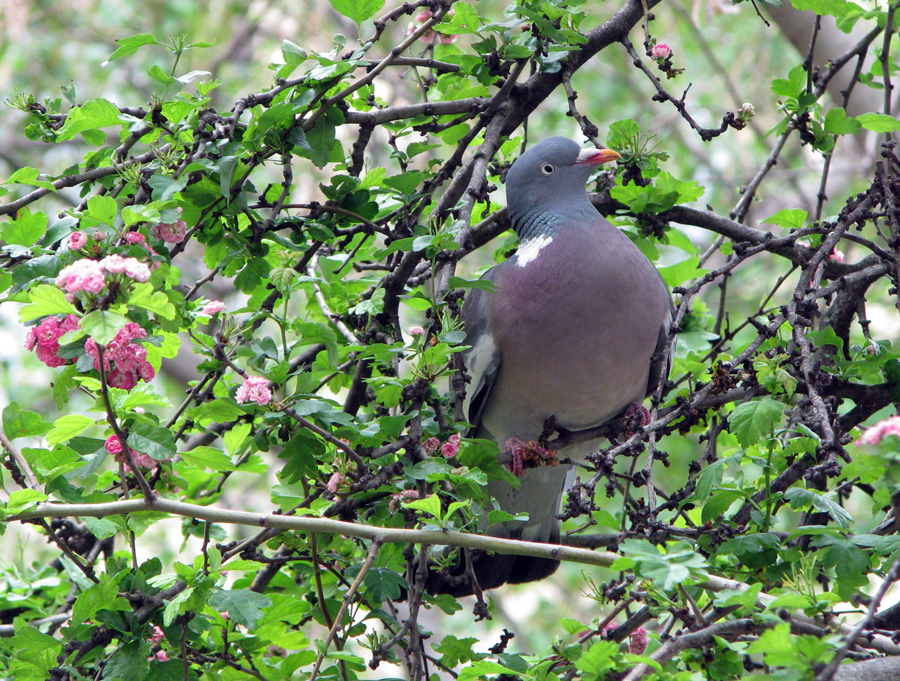 features like la Fontaine Saint-Michel, unruffled that Duret’s archangel looks like a cuirassed girl compared to the manly serpent-tailed Satan he’s so righteously vanquishing. And underfoot, geometric, manicured lawns are studded with starlings, carrion crows, and huge lumbering wood-pigeons (left).
features like la Fontaine Saint-Michel, unruffled that Duret’s archangel looks like a cuirassed girl compared to the manly serpent-tailed Satan he’s so righteously vanquishing. And underfoot, geometric, manicured lawns are studded with starlings, carrion crows, and huge lumbering wood-pigeons (left).
Most obvious in all of these urban niches is the ubiquitous merle, or blackbird, which like its close cousin the American robin, hops foraging in the green blades of parks and gardens,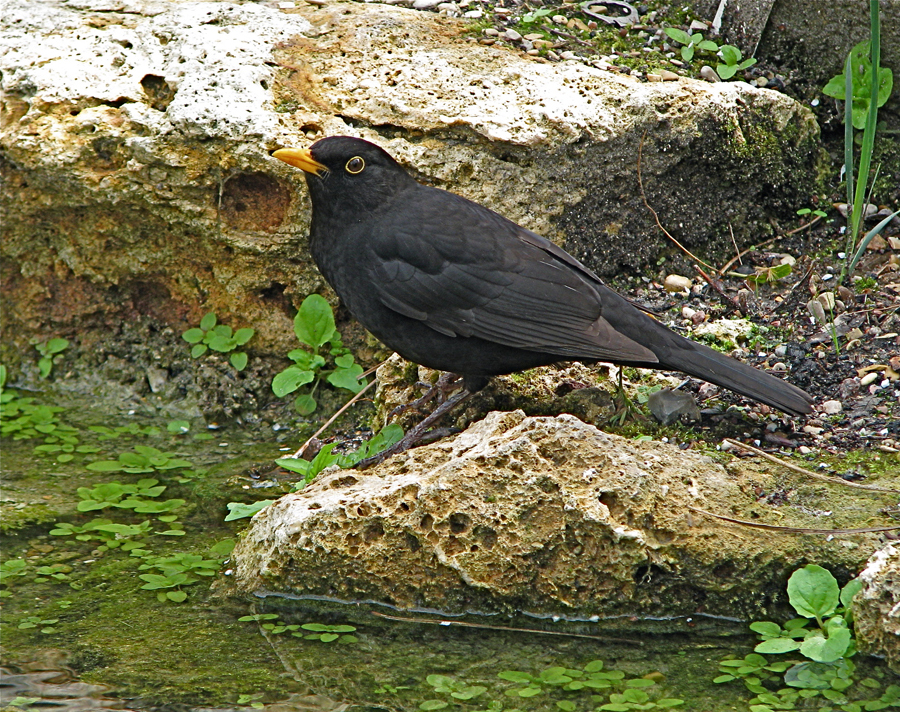 and whose melodic phrases ring through the gray-walled rues from rooftop chimney pots and aerials even before sun-up.
and whose melodic phrases ring through the gray-walled rues from rooftop chimney pots and aerials even before sun-up.
>> Blackbird, merle, (Turdus merula).
Unlike their less closely related namesake the American robin, small european Robins, les rouges-gorges, glide up to perch on low branches and garden walls, keeping a buttonlike eye — somehow keen and blank at once — on everything.
 << European robin, rouge-gorge, (Erithacus rubecula). E shot this at Giverny, but we saw them in town, too.
<< European robin, rouge-gorge, (Erithacus rubecula). E shot this at Giverny, but we saw them in town, too.
But look closely — there are less common species, too. One of those coots in the park pond may be a moorhen (below, right), one of the sparrows on the lawn a dusky Dunnock. And check the glowering gargoyles overhead, perched in the involved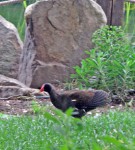 stony heights of Sacre Coeur, Notre Dame, and Saint-Sulpice: one may be a kestrel, looking down like a sharp-winged, keen-eyed angel (or, according to the chittering swifts, a quick taloned little demon).
stony heights of Sacre Coeur, Notre Dame, and Saint-Sulpice: one may be a kestrel, looking down like a sharp-winged, keen-eyed angel (or, according to the chittering swifts, a quick taloned little demon).
Less forthcoming are the flashier birds, the specialty species: golden orioles, firecrests, black woodpeckers, and others. These require more time and more amenable weather than we had to do a proper search. Next time!
Fortunately, Paris has other birds to find. In Part 2 of this post are a few of them — stay tuned.
Special note: many thanks to E.Shock, his zoom lens, and his willingness to share his images! All the photos above are his, except the billing feral pigeons (which my less effective zoom could handle, since the birds were virtually at my feet).


